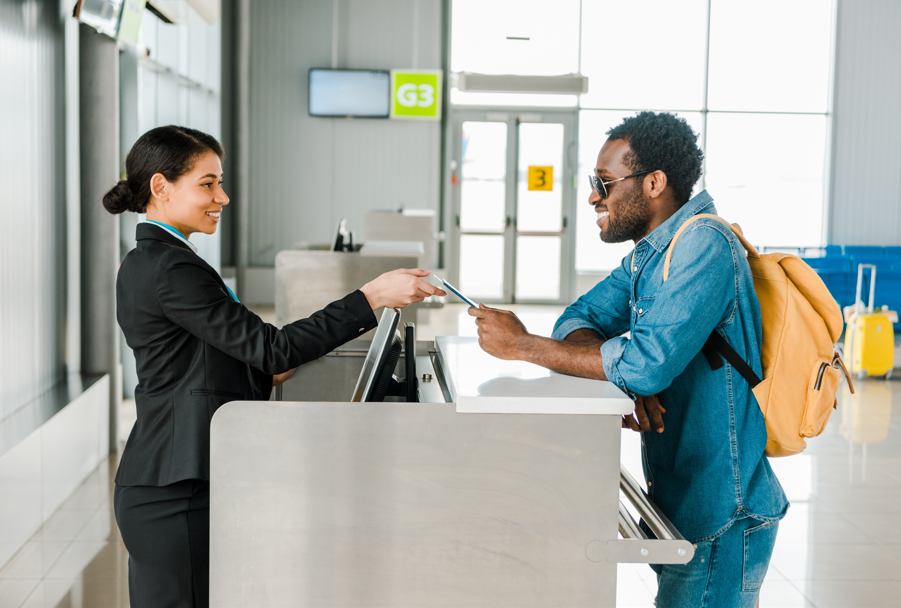Flying doesn’t have to be a source of overwhelming anxiety. With the right preparation and mindset, even the most nervous travelers can transform their airport experience from chaotic nightmare into manageable routine. The key lies in understanding that most travel stress stems from uncertainty and lack of control—two elements you can significantly influence with proper planning.
Pre-Flight Preparation: Setting Yourself Up for Success
Research Your Route
Before leaving home, familiarize yourself with your airport’s layout. Most major airports provide detailed terminal maps online, showing everything from check-in counters to restrooms and dining options. Download your airport’s mobile app, which often includes real-time updates, interactive maps, and wait times for security checkpoints.
Take time to understand your airline’s specific policies regarding baggage, check-in procedures, and boarding processes. This knowledge eliminates guesswork and reduces anxiety-inducing surprises at the airport.
Pack Strategically
Create a travel day survival kit that addresses your specific anxiety triggers. Include noise-canceling headphones for overwhelming airport sounds, a portable phone charger to stay connected, and comfort items like gum, mints, or stress balls. Keep important documents in an easily accessible travel wallet, and consider packing a change of clothes in your carry-on in case of unexpected delays.
Mastering Airport Parking: One Less Worry
Choose Your Parking Strategy Wisely
Airport parking decisions significantly impact your stress levels before you even enter the terminal. Research your options well in advance, comparing on-site versus off-site facilities, covered versus uncovered spaces, and proximity to terminals.
On-site parking like you can find at Airlines Parking offers convenience and security but typically comes at premium prices. Off-site lots often provide significant savings and include shuttle services, though they require additional travel time. For longer trips, off-site facilities frequently offer better value and sometimes superior customer service.
Book in Advance
Reserve your parking spot online whenever possible. This simple step eliminates the anxiety of driving around packed lots searching for spaces, especially during peak travel seasons. Many parking services offer cancellation policies that provide flexibility while securing your spot.
Consider services that allow you to pre-pay online, streamlining your departure process. Some facilities even offer car care services like washing or maintenance while you’re away, turning travel into an opportunity for vehicle upkeep.
Timing Your Arrival: The Sweet Spot Strategy
Calculate Realistic Travel Time
Plan to arrive at the airport with buffer time that accounts for unexpected delays. Factor in travel time to the airport, parking, potential shuttle waits, and walking distances within the terminal. For domestic flights, arriving two hours early provides adequate cushion, while international departures typically require three hours.
Remember that arrival time recommendations vary by airport size, time of year, and day of the week. Research historical security wait times for your specific departure time and terminal.
Embrace the Early Arrival Advantage
Rather than viewing early arrival as wasted time, reframe it as stress insurance. Extra time transforms potential rushing into leisurely preparation. You can grab a proper meal instead of airport fast food, find a quiet spot to relax, or even get some work done in a comfortable environment.
Navigating Security with Confidence
Prepare for Efficiency
Dress strategically for security checkpoints by avoiding metal accessories, wearing easily removable shoes, and organizing electronics in accessible compartments. Place liquids in regulation-compliant containers and keep them in an easy-to-reach location.
Consider enrolling in expedited security programs if you travel frequently. These services significantly reduce wait times and stress levels, making the investment worthwhile for regular flyers.
Stay Informed About Procedures
Security procedures evolve regularly, so check current requirements before traveling. Understanding what to expect prevents surprises and keeps lines moving smoothly for everyone.
Creating Your Calm Zone
Find Your Space
Once through security, locate areas within the airport that promote relaxation. Many terminals now feature quiet zones, meditation spaces, or outdoor terraces. These spaces provide respite from crowded gate areas and flight announcements.
Manage Information Intake
While staying informed about your flight status is important, constantly checking for updates can increase anxiety. Set specific times to review flight information rather than compulsively monitoring changes throughout your wait.
Conclusion: Transforming Travel Anxiety
Successfully managing airport stress requires shifting from reactive worry to proactive preparation. By addressing each element of your journey—from parking to boarding—with thoughtful planning, you transform uncertainty into confidence. Remember that every experienced traveler once felt overwhelmed by airports. With practice and preparation, what once seemed chaotic becomes simply another part of your travel routine.
The goal isn’t to eliminate all travel stress but to reduce it to manageable levels that don’t overshadow the excitement of your journey ahead.

